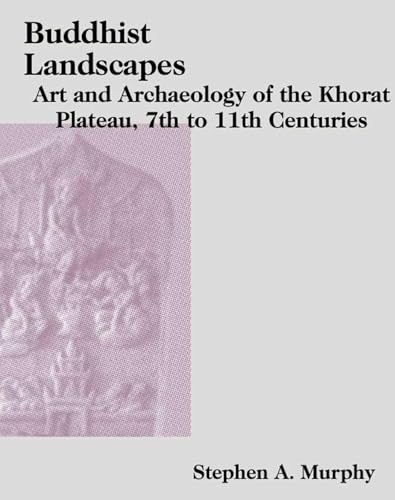News coverage of Myanmar has been overshadowed lately by the political unrest and the actions of the military government to retain control; tourism is one of the hardest hit industries in Myanmar today, which is a shame when you consider that the temple complexes that make up Bagan are just as majestic as Angkor in Cambodia. In a bid to restore tourist visits to the country, the government has opened a 1,000-year-old palace to tourists. But given Myanmar’s track record in handling archaeological work, are these archaeological treasures or just mismanaged tourist traps?

Creative commons image by Jungle Boy
Myanmar reopens ancient palace to attract tourists
Xinhua, 03 January 2008
The Thiri Zeya Bumi Bagan Golden Palace of Myanmar’s first ancient empire King Anawratha is among the four ancient palaces rebuilt after 1988, based on its original architectural style and is claimed as the most glorious one. The other three are Kambawzathadi Palace in Bago, Shwebon Yadana Mingalar Palace in Shwebo and Mya Nann San Kyaw Palace in Mandalay.
King Anawrahta reunified Myanmar in 1044, establishing the Bagan empire historically and starting to extensively build Buddhist pagodas and temples to promote and propagate Theravada Buddhism (Little Vehicle).
In a bid to preserve cultural heritage for posterity and attract tourists, the Myanmar Ministry of Culture started the reconstruction of the Thiri Zeya Bumi Bagan golden palace a few years ago.
It’s this reconstruction work that archaeologists and conservation specialists find the most problematic – it seems that the government is not as interested in retaining any architectural, historical or archaeological authenticity of Bagan as much as it is keen on capturing the tourist dollar (see here and here).
So while on face value the opening of ancient palaces to visitors looks like good news, it’s the lack of respect for the past which leaves and bitter – and sad – taste in the mouth.
Read more about the real Bagan here:
– Ancient Pagan by D. Stadtner
– Bagan by B. Broman
– Cultural Sites of Burma, Thailand, and Cambodia b. J. Dumarcay and M. Smithies
– Early Landscapes of Myanmar by E. H. Moore

























